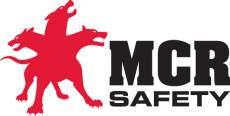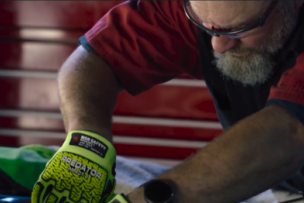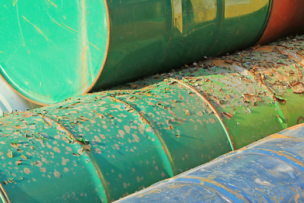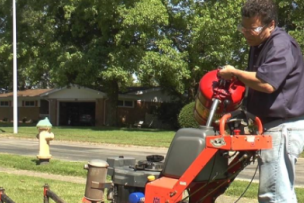MCR Safety has over forty years of experience as a leader in the field of personal protective equipment (PPE). Our assortment of offerings includes gloves, glasses, and garments which are made from the highest quality materials available to ensure maximum safety, comfort, and style.
The Occupational Safety and Health Administration, more commonly known as OSHA, was formed in 1970 and began issuing safety standards in 1971 to ensure that all workers everywhere have the privilege of a safe workplace. Initially, OSHA only handled safety standards related to a small collection of areas, including asbestos, lead, carcinogens, and cotton dust. However, the administration expanded its scope over the decades to cover many regulations and training programs for total workplace safety.
OSHA began offering safety and health training in the 1980s through its OSHA Education Centers, and for a good reason. When you examine the Bureau of Labor Statistics (BLS) injury stats, you'll see that numerous industries have elevated injury rates. Many job sites and workplaces realize this fact and want to address it head-on. Those with a deep-rooted safety culture recognize that everyone in the organization is responsible for safety, so many employers require their employees to obtain additional training from OSHA, even those frontline workers. The latter don't hold a formal title.
Since frontline workers and safety directors require slightly different training, OSHA offers two Outreach Training Programs: one that is 10 hours long (OSHA 10) and another that is 30 hours long (OSHA 30). MCR Safety has covered OSHA 10 in the article An Objective Look at OSHA 10 Safety Training. That training is geared towards all the essential workers performing a specific job every day and focuses heavily on overall workplace safety and hazard identification. Now they shift their focus to cover the OSHA 30 course, meant for safety directors, supervisors, and leaders in the workplace to share tools and information about how to establish and maintain a safe work environment.
OSHA 30 focuses more on those who are responsible for implementing safety programs.
This article will detail what makes this training program unique, what the course covers, commonly asked questions, and links to a study guide for those preparing to take the final OSHA 30 exam.









Talk to Us!
Leave a reply
Your email address will not be published. Required fields are marked *